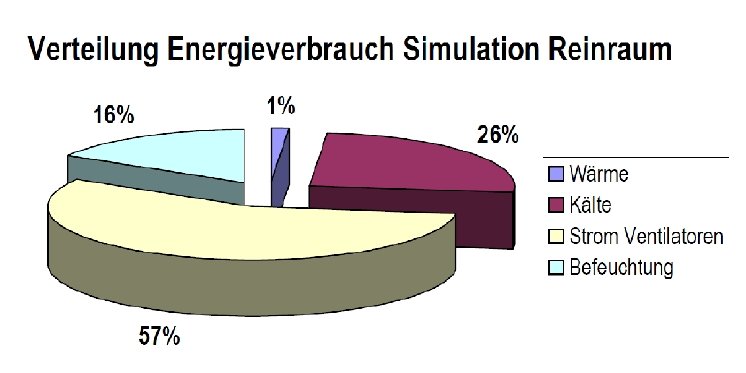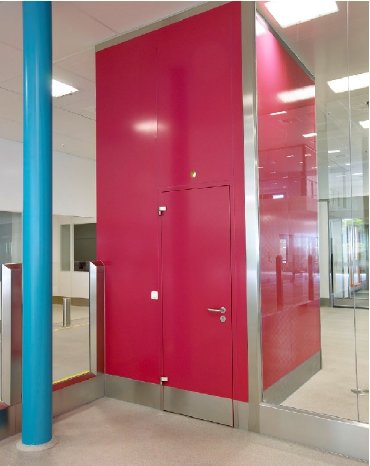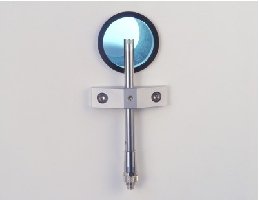To obtain excess pressure in cleanrooms, very high volume flows are usually required in the airconditioning system. Not least for safety reasons and due to reliable measurement of pressure by means of differential pressure sensors, the standard EN ISO 14644 specifies excess pressure values in the range from 5 to 20 Pascal. For example in pharmaceutical cleanrooms, they often lie between 15 and 30 Pascal and even higher. The air volume required to control the room pressure accounts for the significant share of the energy consumption by an air conditioning system to supply cleanrooms. Practical experience prove that just the current consumption of the ventilators makes up approximately 57 % of the energy costs. The greatest energysaving potential derived from this fact is based on adjustment of air volume to process requirements. To be able to use this process, the air overpressure must be decreased to a value as close to the minimum requirements of the standard as possible and then adjusted or maintained in a stable condition with the smallest possible amount of supply air, i.e. with the smallest possible ventilator output of the RLT system.
Reserve and additional safety
Complementary to pressure measurement flow measurement unit installed in a suitable wall opening of approx. 50 mm diameter allows to measure here the socalled overflow, i.e. air flowing out of the cleanroom due to overpressure prevailing there. The measuring ranges of modern flow sensors, such as SS 20.400 by SCHMIDT Technology, start at flow velocity (WN) of 0.05 m/s. This value is far below the differential pressure of 0.01 Pa and, thus, below the capacities of a differential pressure sensor. Thus, a flow sensor detects overflow in an overflow opening at the wall of a cleanroom even at very small differential pressure. Furthermore, SS 20.400 flow sensors by SCHMIDT Technology are capable of measuring the flow directions bidirectionally, including possible detection of reverse flows. The base is a thermopile sensor which functions according to the principle of thermal anemometry. The flow direction can be detected using the parallel connection of both semiconductors and the information regarding the warmer one.
The thermal anemometry is described in detail at http://schmidt-technology.testimonialsites.de/...
Due to precise detection even of the smallest air flows and their bidirectional recognition, the flow sensors SS 20.400 are perfectly suitable for use in cleanrooms. The use of available differential pressure sensors allows to improve the functional safety of cleanrooms and energy efficiency significantly. A simulation based on practical experience performed by AL-KO Therm, one of the largest manufacturers of components for ventilation and airconditioning systems, has proven that it is possible to reduce the energy costs by 50 %.






